Let’s talk about a kind of beauty that doesn’t fade — not because it’s frozen in time, but because it’s never been about trends in the first place. That was Marisa Allasio. She didn’t need ring lights, contouring tutorials, or Instagram filters to leave a mark. Her glow came from something deeper — something raw, natural, and quietly powerful.
And just when the world thought it had more time to admire her, she walked away from it all — leaving behind not just a career, but a lasting image that feels as vivid today as it did in the golden days of 1950s cinema.
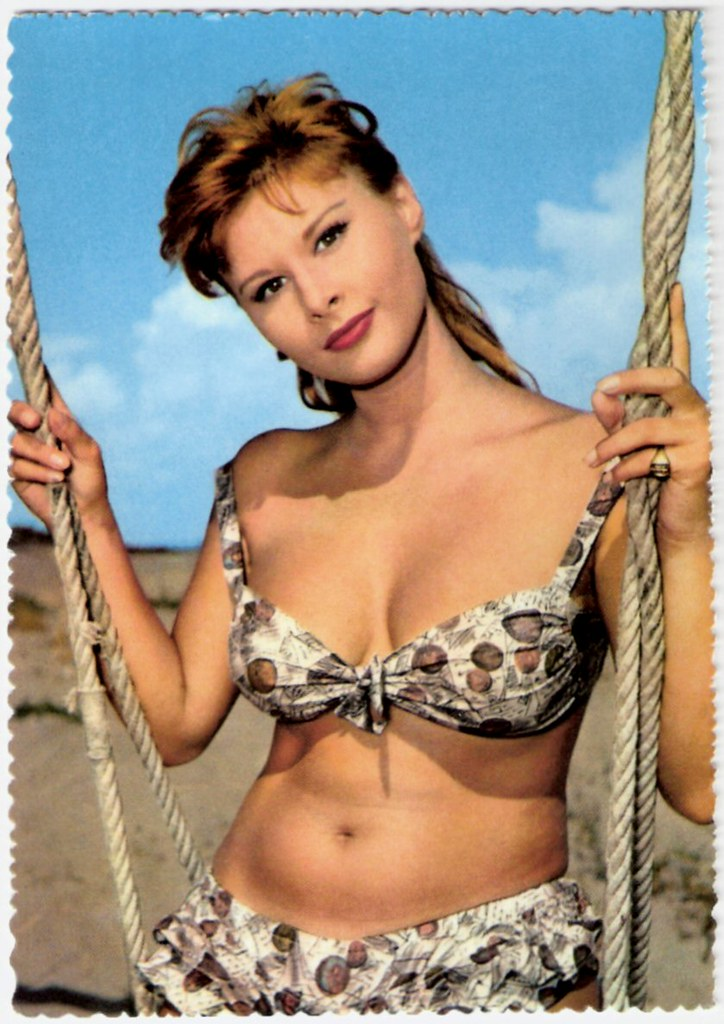
She Lit Up the Screen Without Even Trying
Marisa Allasio wasn’t just another pretty face in a post-war Italian film. She had presence — that rare kind of screen magic you can’t teach or bottle. Every time she stepped into frame, you felt it. Whether she smiled, frowned, or said nothing at all, your eyes followed her.
She was born Maria Luisa Lucia Allasio in Turin in 1934. Her film career started young, and by her early 20s, she was already a household name across Italy. But her rise wasn’t crafted in a Hollywood PR room. She didn’t play into manufactured glamour. Marisa’s appeal came from how authentic she was — poised, funny, real, and effortless.
She was the kind of actress who made you believe in the characters she played — not because of costume or setting, but because of how she carried herself. It was confidence without arrogance. Grace without effort.
Video: Ragazze d’Oggi – Film Completo by Film&Clips
The Films That Made Her a Legend
The turning point? Poveri ma belli — a 1957 romantic comedy that struck a chord with the Italian public. The story was simple, but Marisa’s role brought a unique sparkle. She wasn’t just acting — she was living on that screen. Audiences couldn’t get enough.
She followed up with Belle ma povere, Marinai, donne e guai, and Venezia, la luna e tu, all beloved in their own right. What made her performances memorable wasn’t just her beauty, but the fact that she played her roles with charm, wit, and depth. She had timing. She had heart.
She made people laugh. She made them dream. And maybe most importantly, she made them feel something.
Beauty That Came Without Pretense

Marisa Allasio never looked like she was trying to impress. She had that carefree, girl-next-door energy — but with the poise of a screen goddess. Her look wasn’t overly polished, and that’s what made it stand out. No airbrush. No over-styled hair. No glittery red carpet theatrics.
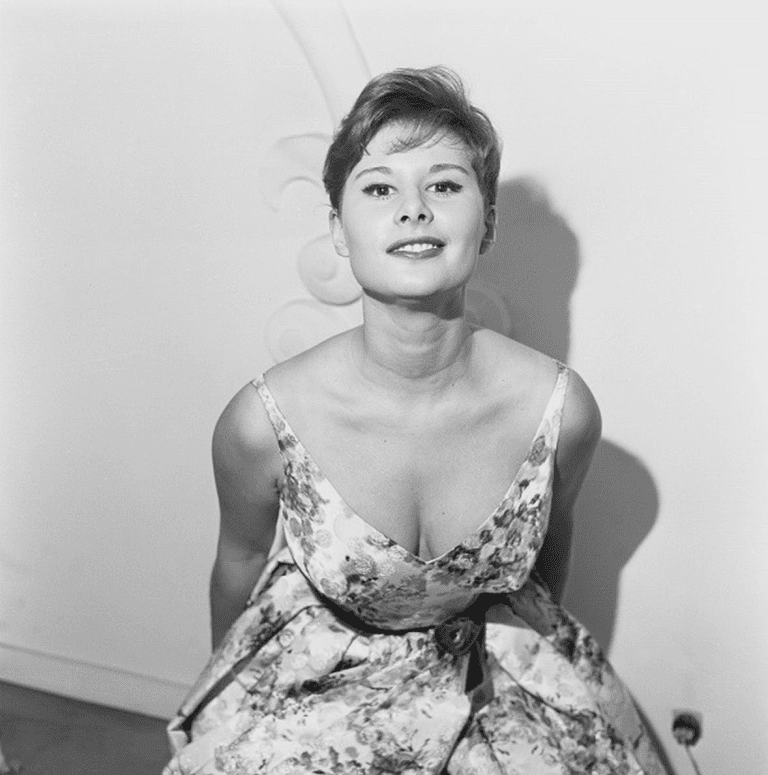
She made sundresses look like couture. She made natural makeup look like a revolution. Her beauty felt personal — like the kind of glow you get from laughing with friends, falling in love, or simply enjoying life.
And that, in many ways, was her secret weapon. She didn’t need anything extra. She was already more than enough.
The Day She Walked Away from Fame
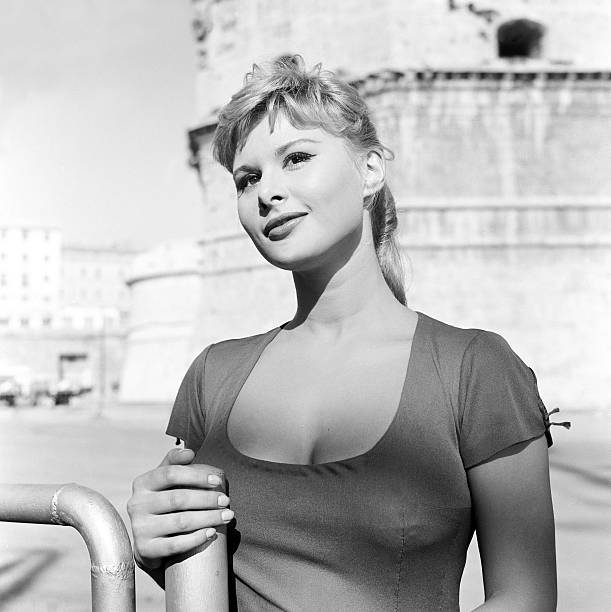
In a plot twist that no studio could’ve written, Marisa Allasio retired at just 23 years old. Right when her star was still rising, she stepped away from the camera and into a different kind of life — marrying Count Pier Francesco Calvi di Bergolo and becoming part of Italian nobility.
And just like that, she was gone from the screen — but never from our minds.

Her departure felt shocking at the time, but it was also bold, decisive, and completely her own. She wasn’t pushed out. She wasn’t fading. She left with all eyes still on her — a move that added even more mystique to her legacy.
Why Her Story Still Resonates

It’s been decades, and yet Marisa Allasio’s name still rings with elegance. Why? Because she showed us that fame doesn’t have to last forever to matter. She didn’t chase headlines. She didn’t go out of her way to stay relevant. She let her brief moment shine — and then she let it go.
In a world where everyone seems to be fighting to stay in the spotlight, her quiet exit feels more powerful than any comeback. It was a masterclass in confidence — the kind that doesn’t need applause to feel fulfilled.
And maybe that’s why we still talk about her. She represents something timeless — a blend of beauty, intelligence, and independence that isn’t tied to an era.
Her Legacy in Modern Culture
Video: Marisa Allasio
Young actresses today still look back at her films. Not for costume ideas or retro vibes — but to study how she held herself. There’s a purity in her performances that feels refreshing, even now.
Fashion magazines still pull inspiration from her wardrobe. Movie buffs reference her roles in discussions about post-war Italian cinema. And fans, both old and new, continue to admire her not just as a star — but as a woman who knew her worth.
She didn’t ask the world to remember her. She simply made herself unforgettable.
The Grace of Choosing Your Own Path
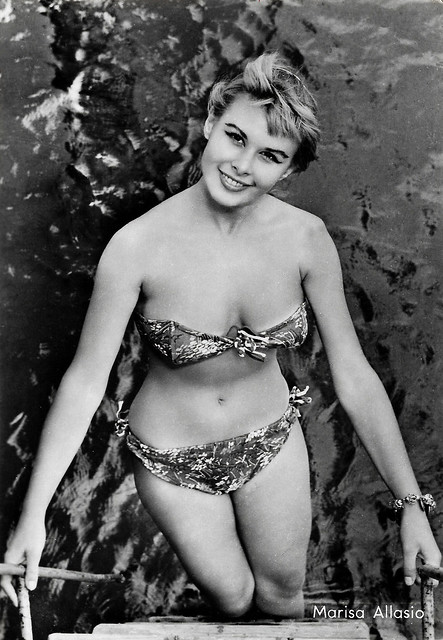
Marisa Allasio taught us that walking away doesn’t mean failure — it can be the most powerful move of all. While many artists burn out trying to stay relevant, she gave herself the freedom to live a life beyond the screen.
And let’s face it — isn’t there something incredibly freeing about that?
She wasn’t defined by the roles she played. She defined herself. That takes courage. That takes strength. And that’s what makes her a lasting icon.
Conclusion: A Portrait of Unfiltered Grace
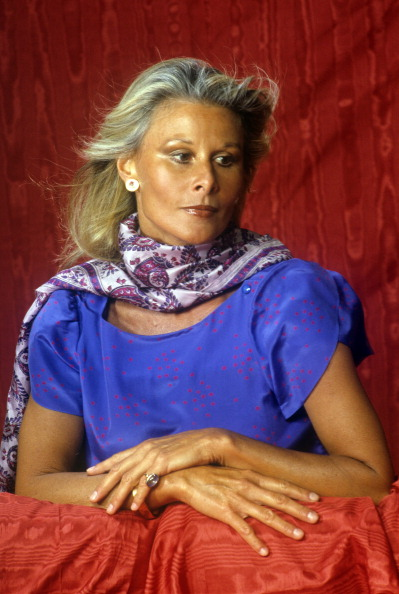
Marisa Allasio wasn’t just a screen siren of the 1950s — she was, and still is, a symbol of a kind of beauty and power that can’t be replicated. She showed up, lit up the screen, and exited with grace. She didn’t let fame mold her. She shaped her legacy on her own terms.
And maybe that’s why we still talk about her.
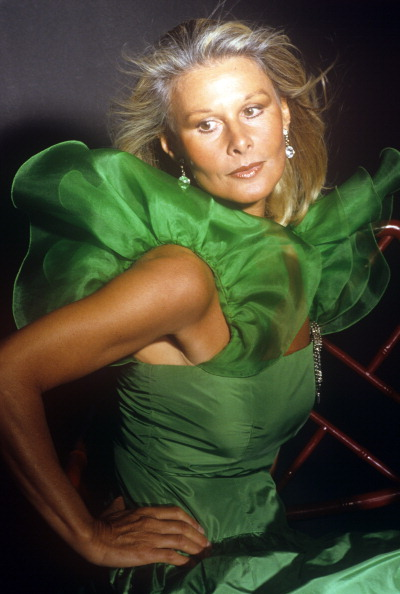
Because in a world full of constant noise, fast fame, and artificial perfection, Marisa reminds us that the most unforgettable stories are often the quietest — told not through decades of spotlight, but through a few bright years of magic and a graceful goodbye.


